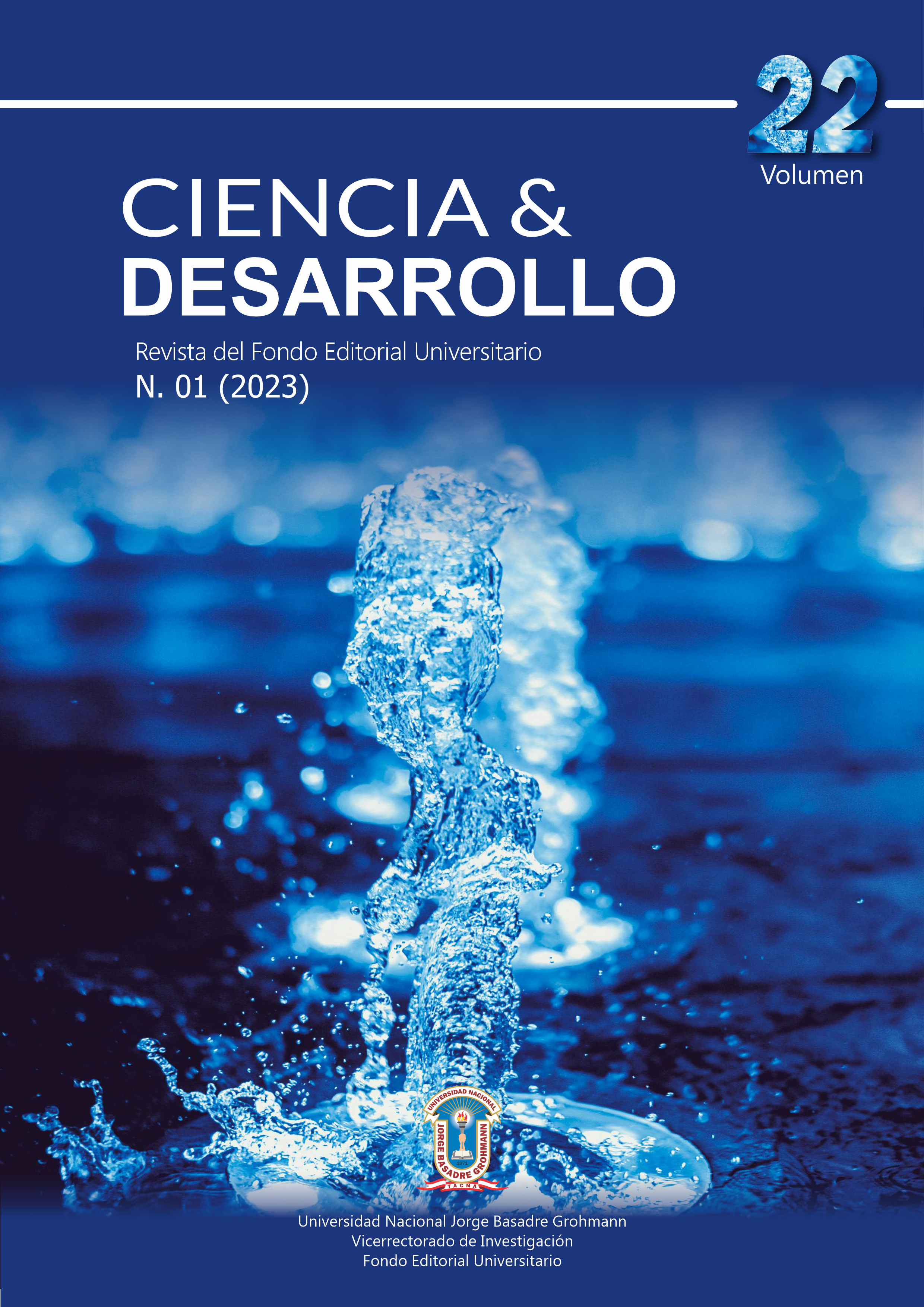Lead in educational toys (puzzles) in Tacna
Main Article Content
Abstract
Lead is a toxic substance that can be present in toys through their decorative painting and that, when absorbed orally by children, can lead to chronic intoxication through bioaccumulation. As a result, in Peru, Maximum Permissible Limits (MPL) of 90 ppm or mg/kg have been established according to D.S. No. 008-2007-SA.
Thus, the objective of the present investigation was to determine the concentration of lead in educational toys (puzzles) to determine if they are within the Maximum Permissible Limits (MPL) and its relationship with the places of sale, country of origin and if it has sanitary authorization. Samples were analysed by the ICP-OES method. The 92,85% of toys had lead concentrations above 90 ppm/Pb. The values had a maximum of 3712,5 90 ppm/Pb and a minimum of 60 ppm. Therefore, it was concluded that lead concentration in most toy paints exceeds the established values for lead. Also, variables such as the place of sale (formal over informal), the origin (national over imported) and whether they have health authorisation do not guarantee the product safety, leading to these being a route of oral intoxication in children and the environment.
